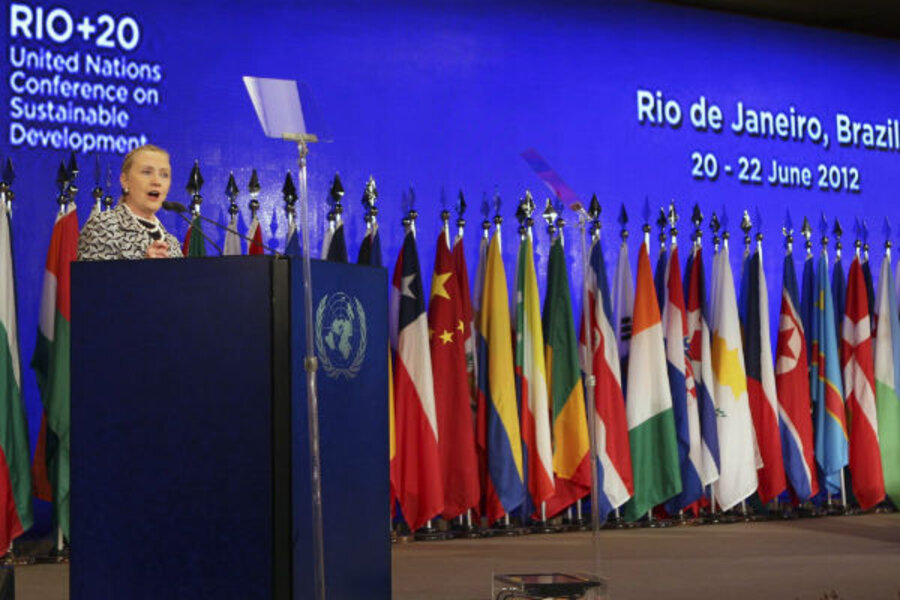Rio+20: Green infrastructure gets its day to shine
Loading...
Twenty years ago, world leaders gathered in Rio de Janeiro to grapple with climate change, biological diversity, and other environmental challenges. Today they are back again, but with much less fanfare. If my Twitter feed is any indication, Rio+20 is getting much less attention that the original Earth Summit.
One item that deserves attention is greater emphasis on getting business involved in protecting the environment. For example, two dozen leading businesses–from Alcoa to Xerox–teamed up with The Nature Conservancy on a vision for The New Business Imperative: Valuing Natural Capital (interactive, pdf).
The report lays out the business case that natural resources have real economic value, even if they aren’t traded in markets, and that protecting them can sometimes reduce costs, maintain supplies, soften the blow of future regulation, and build goodwill with customers, communities, and workers. All kind of obvious, at one level, but nonetheless useful to see in print with examples and commitments.
One item that caught my eye is the potential for “green” infrastructure to replace “gray”:
Strong, reliable manmade (“gray”) infrastructure undergirds a healthy marketplace, and most companies depend heavily on it to operate effectively and efficiently. Yet increasingly, companies are seeing the enormous potential for “natural infrastructure” in the form of wetlands and forests, watersheds and coastal habitats to perform many of the same tasks as gray infrastructure — sometimes better and more cheaply.
For instance, investing in protection of coral reefs and mangroves can provide a stronger barrier to protect coastal operations against flooding and storm surge during extreme weather, while inland flooding can be reduced by strategic investments in catchment forests, vegetation and marshes. Forests are also crucial for maintaining usable freshwater sources, as well as for naturally regulating water flow.
Putting funds into maintaining a wetland near a processing or manufacturing plant can be a more cost- effective way of meeting regulatory requirements than building a wastewater treatment facility, as evidenced by the Dow Chemical Seadrift, Texas facility, where a 110-acre constructed wetland provides tertiary wastewater treatment of five million gallons a day. While the cost of a traditional “gray”treatment installation averages >$40 million, Dow’s up-front costs were just $1.4 million.
For companies reliant on agricultural systems, improved land management of forests and ecosystems along field edges and streams, along with the introduction of more diversified and resilient sustainable agriculture systems, can minimize dependency on external inputs like artificial fertilizers, pesticides and blue irrigation water.
To encourage such investments, where they make sense, lawmakers and regulators need to focus on performance–is the wastewater getting clean?–rather than the use of specific technologies or construction.








